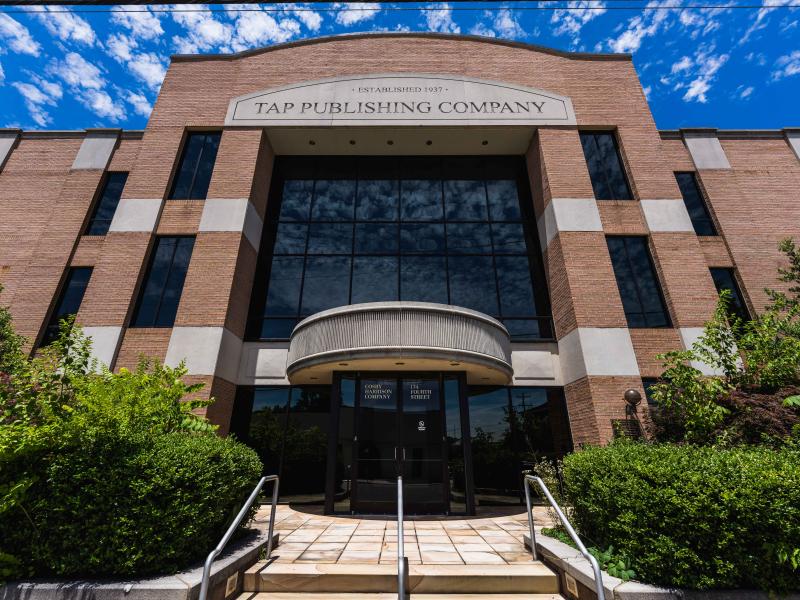
From a nondescript industrial building in the small town of Crossville, Tennessee, the team of engineers at Whisper Aero is planning a revolution in aviation technology.
Previously home to a publisher of magazines — including, coincidentally, Trade-A-Plane, an airplane sales publication started in 1937 — the long-empty property’s cavernous spaces are now filled with multidisciplinary activities that include the creation of a new electric aircraft engine.
In January 2024, employees of the 3-year-old start-up moved into their new headquarters, refurbishing its dusty rooms into a 21st century aerospace technology facility with areas for R&D prototyping, testing, manufacturing and shipping. In the old pressroom where massive printing machinery once stood tall, the disjointed sections of a 140-foot-long wind tunnel now await reassembly.
A Minnesota bicycle company donated the wind tunnel to Tennessee Technological University, which now owns the building and is converting it into an advanced mobility business incubator, leasing 40,000 of the 130,000 square feet available to Whisper Aero.
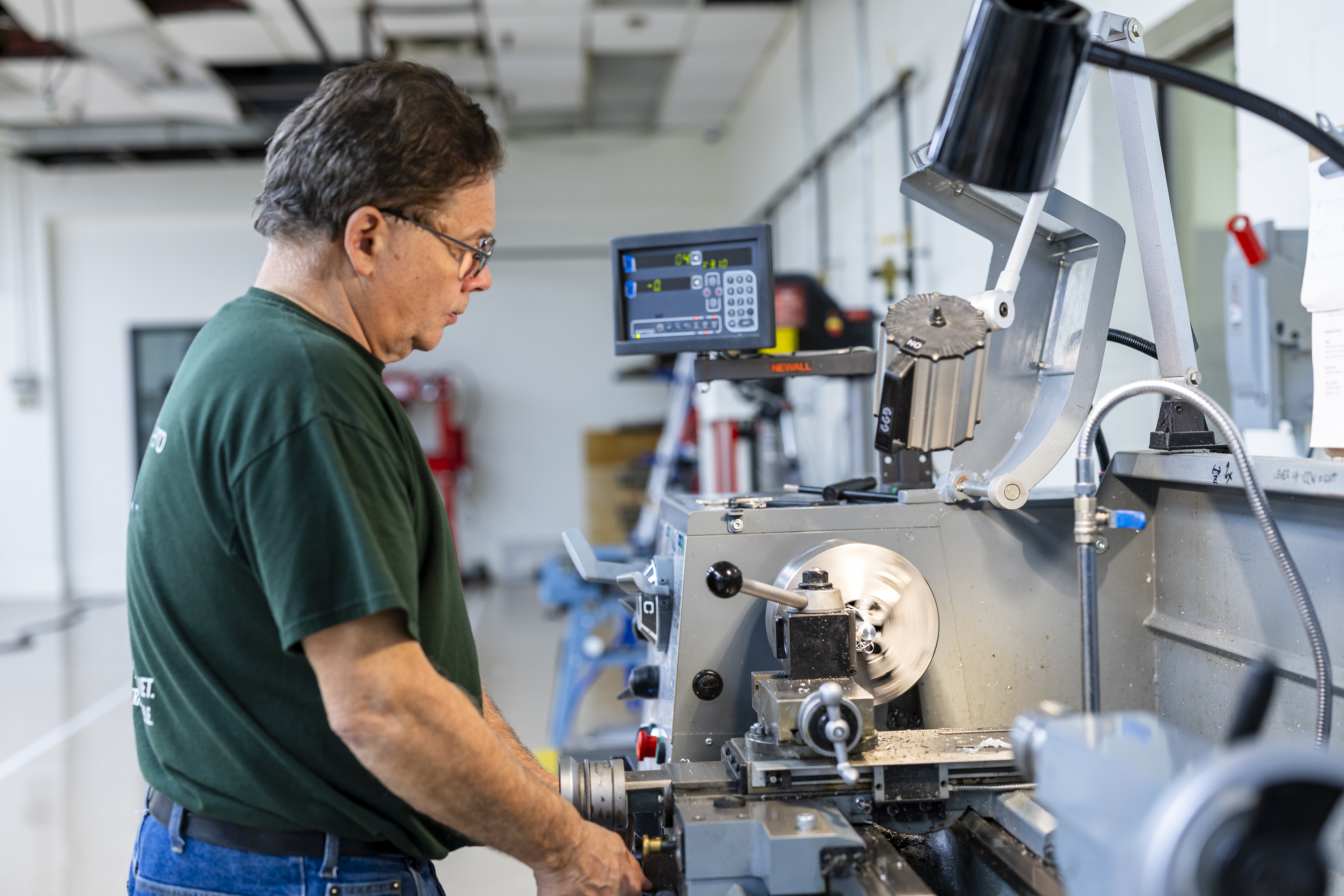
The start-up’s propulsion innovation is an advanced electric ducted fan, or EDF, intended to replace the traditional fossil-fuel-burning engines used on most aircraft. Compared to the most efficient jet engines available today, current EDFs can offer at least a 5 to 10% improvement in propulsive efficiency at speeds of 200 to 400 knots.
Whisper Aero claims that its patented design offers key breakthroughs over current state-of-the-art EDFs, namely a very high blade-count fan operating with blade-passage frequencies that are pushed into the ultrasonic range beyond human hearing. According to the company’s tests, its EDFs are at least 100 times quieter and 20% more efficient overall than those of its competitors. Additionally, its engineers say the novel features of their EDFs allow them to achieve 92% aerodynamic efficiency, independent of size.
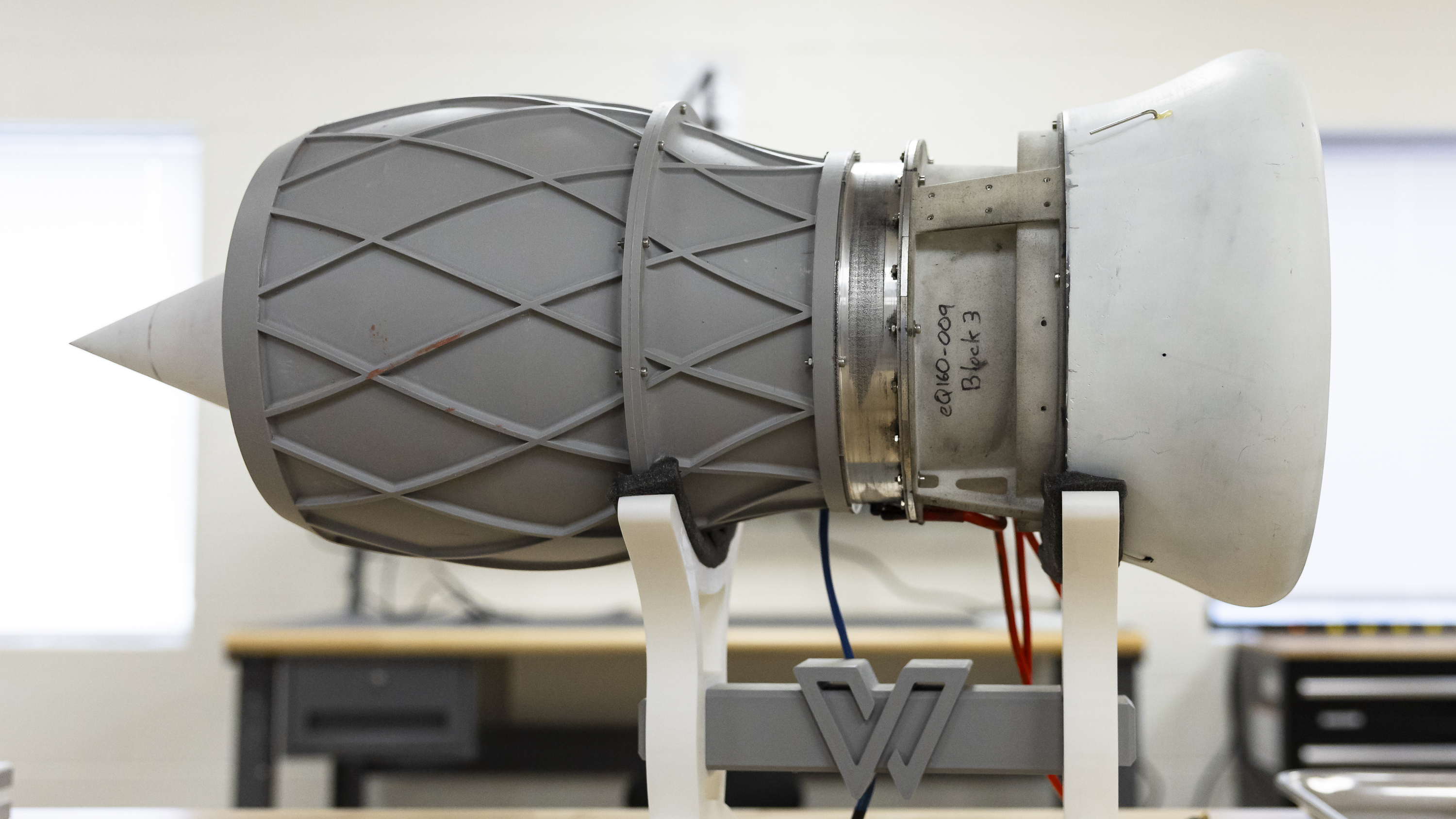
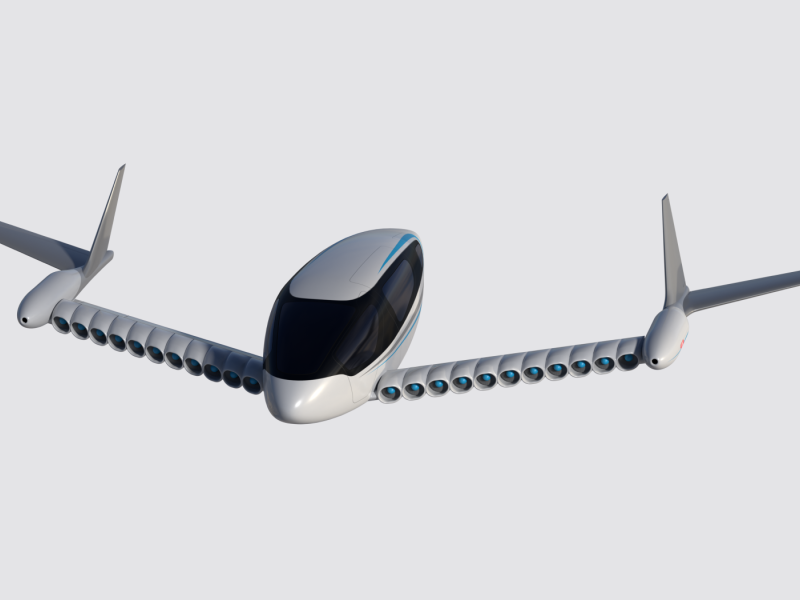
The company is refining its own vision for a nine-passenger electric airplane called the Whisper Jet.
Simulations performed on the Summit supercomputer at the Department of Energy’s Oak Ridge National Laboratory are enabling the firm to dramatically accelerate the design of a novel, integrated system of its unique EDFs for the Whisper Jet that is substantially quieter and cleaner than traditional airplane engines.
Rather than use a few large turbofan or open-propeller engines that emit noise and carbon dioxide, the Whisper Jet integrates 20 to 30 small, quiet EDFs into the leading edge of its wings. This arrangement forms a “jetfoil” integration of distributed electric propulsion, or DEP, to propel the plane without generating any emissions.
According to the company’s projections, using electric airplanes for all U.S. domestic flights under 1,000 miles would reduce aviation-related annual greenhouse gas emissions by 40% — or 80 million tons.
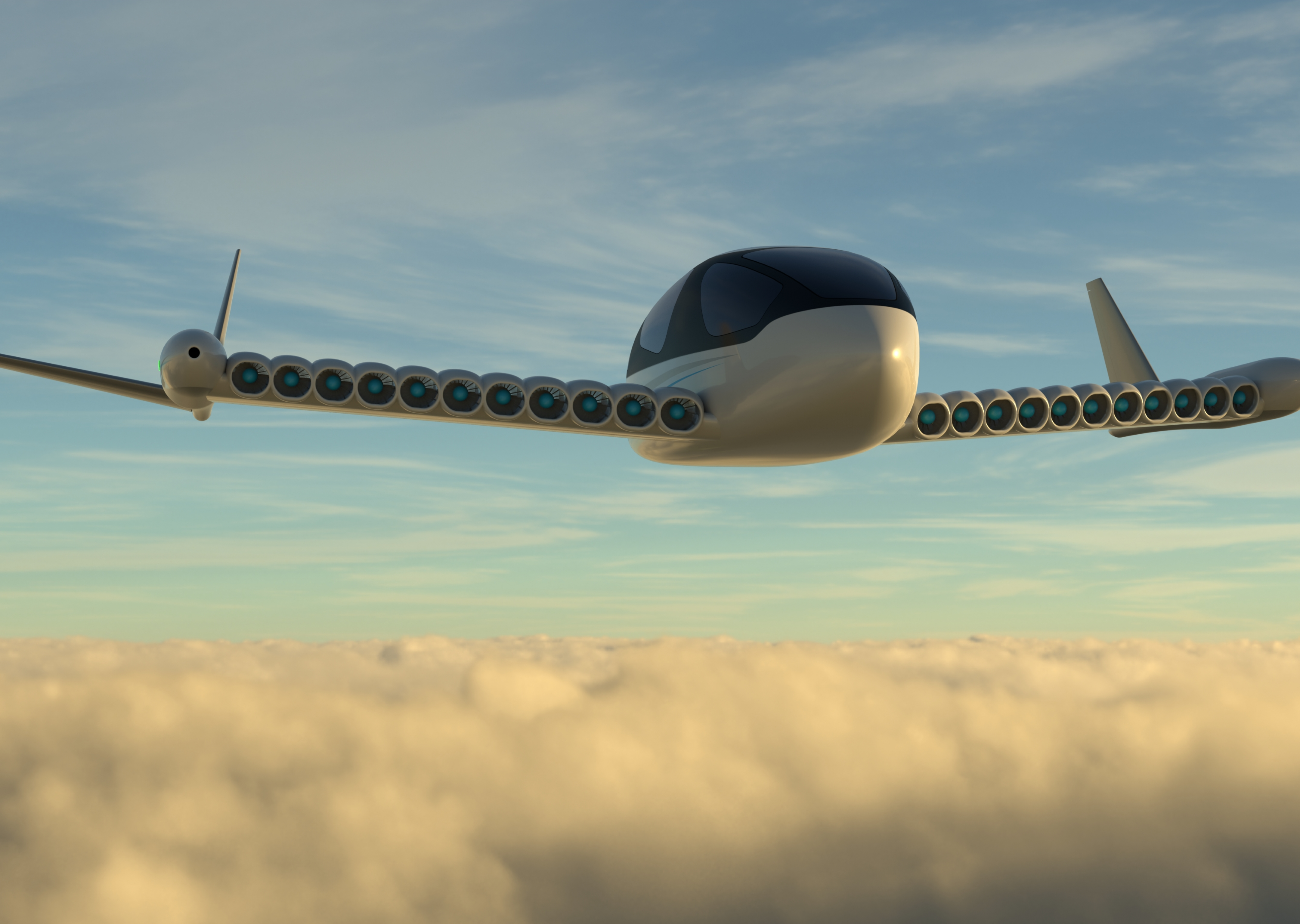
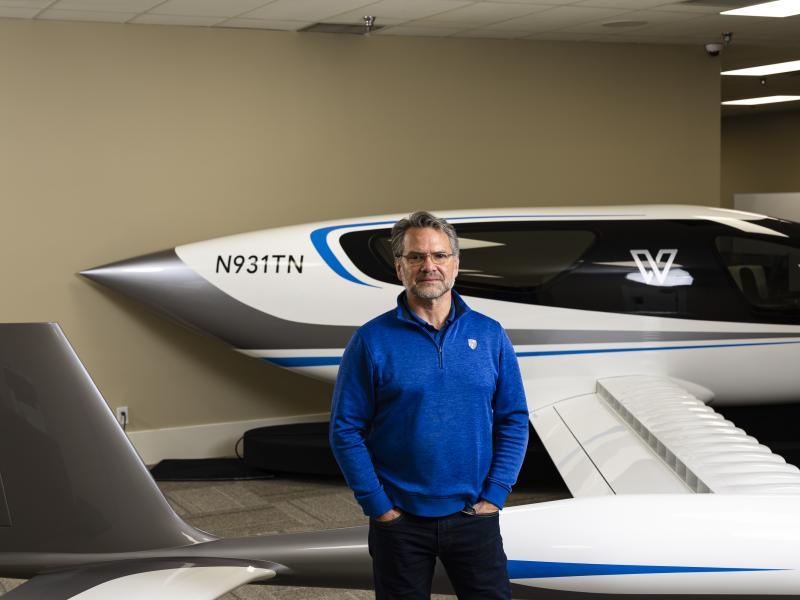
Whisper Aero CEO Mark Moore, a NASA engineer for 32 years who pioneered DEP aircraft design at NASA Langley Research Center, foresees a future of decarbonized regional airlines that offer shorter, less expensive flights by small DEP airplanes — or electric vertical takeoff and landing aircraft.
Whisper Aero’s EDF also has possibilities for national defense, such as electric drones that could fly 100 times quieter than current models. And even super-quiet leaf blowers that are already on their way into production.
“The fundamental premise of Whisper Aero is that we are changing the objective function of the aircraft design from minimizing gross weight to minimizing the acoustic impact. Noise is one of the most complex analysis problems that exist,” said Moore, who co-founded the company with Ian Villa, COO and chief product officer. “And in the DEP framework, we are bringing together the acoustics along with the wing, the propulsion and the control into a much more complex design.”
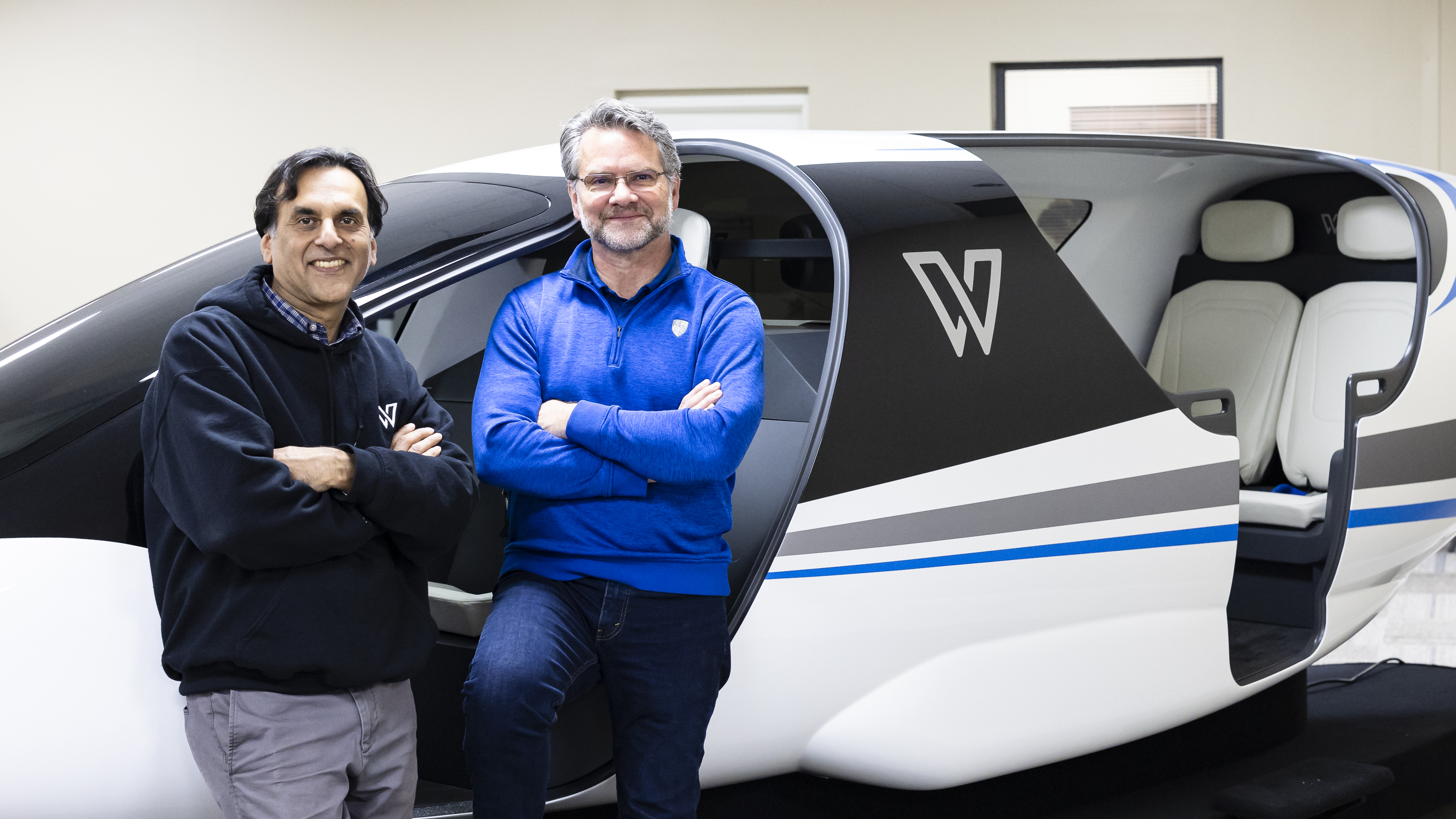
In addition to its rows of EDF propulsors, the Whisper Jet’s other defining feature is its outboard horizontal tail. Unlike the tails of traditional airplanes that provide downforce, the Whisper Jet’s tail works with its jetfoil wings to provide lift.
“While the idea for the outboard horizontal tail has been around since World War II, only now do we have the tools to really understand and optimize these kinds of unique configurations,” Moore said. “Instead of being isolated disciplines where a wing provides lift and a jet engine provides the thrust, we’re at a stage where they can all merge. It’s all one thing, and that’s just not how we designed aircraft before.”
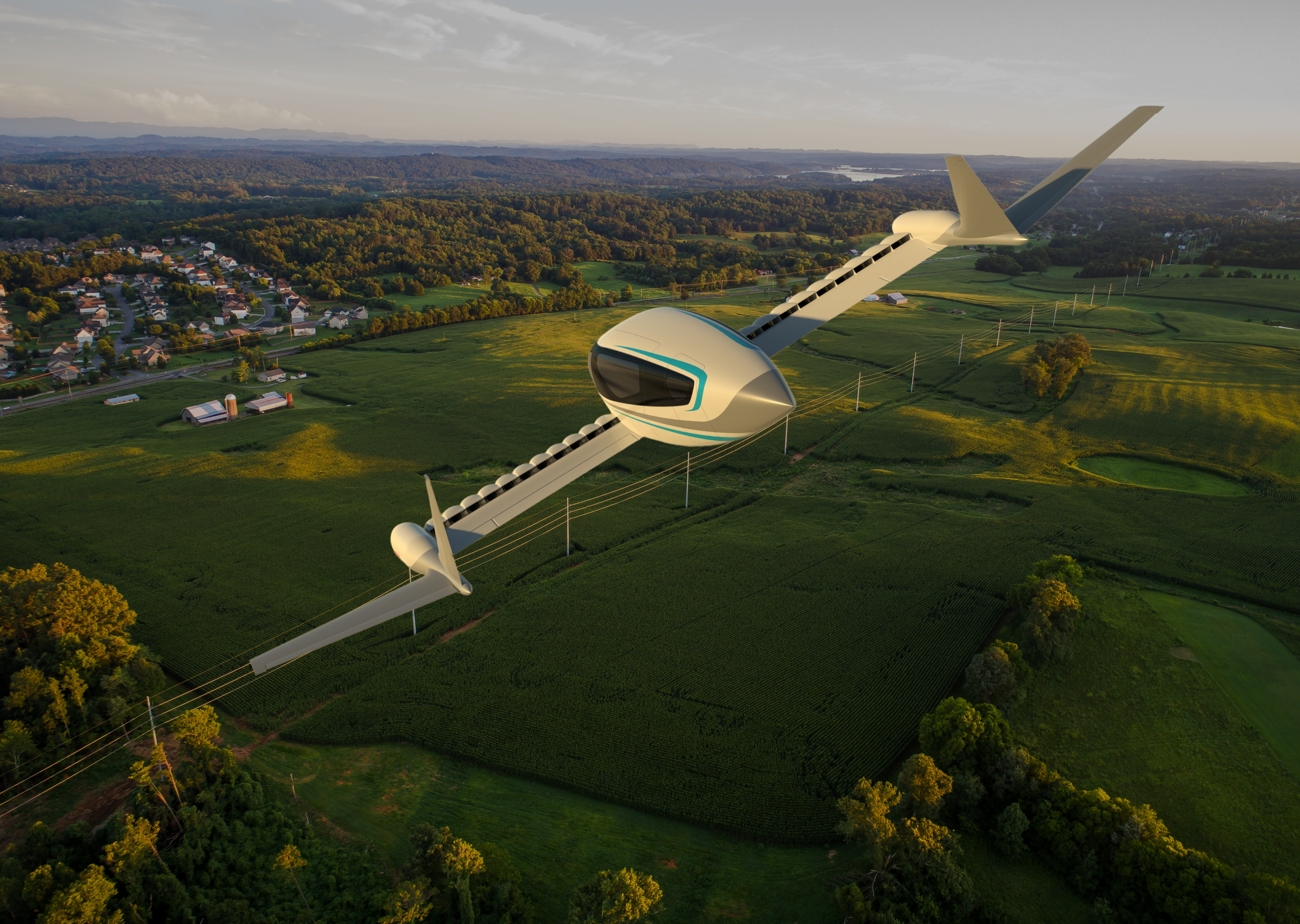
Devon Jedamski, Whisper Aero’s chief engineer, added:
“You can design an incredibly quiet fan, but if you integrate it in a bad way, it’s not going to be quiet. When you have interactions with multiple fans and the airframe, creating dynamic and unsteady events, it’s a very, very complex analysis problem that requires extensive computational fluid dynamics simulations, which can be done only on large-scale supercomputers.”
If Whisper Aero was going to make progress on the Whisper Jet’s ambitious design, it needed access to far more computing capability than it had available in house.
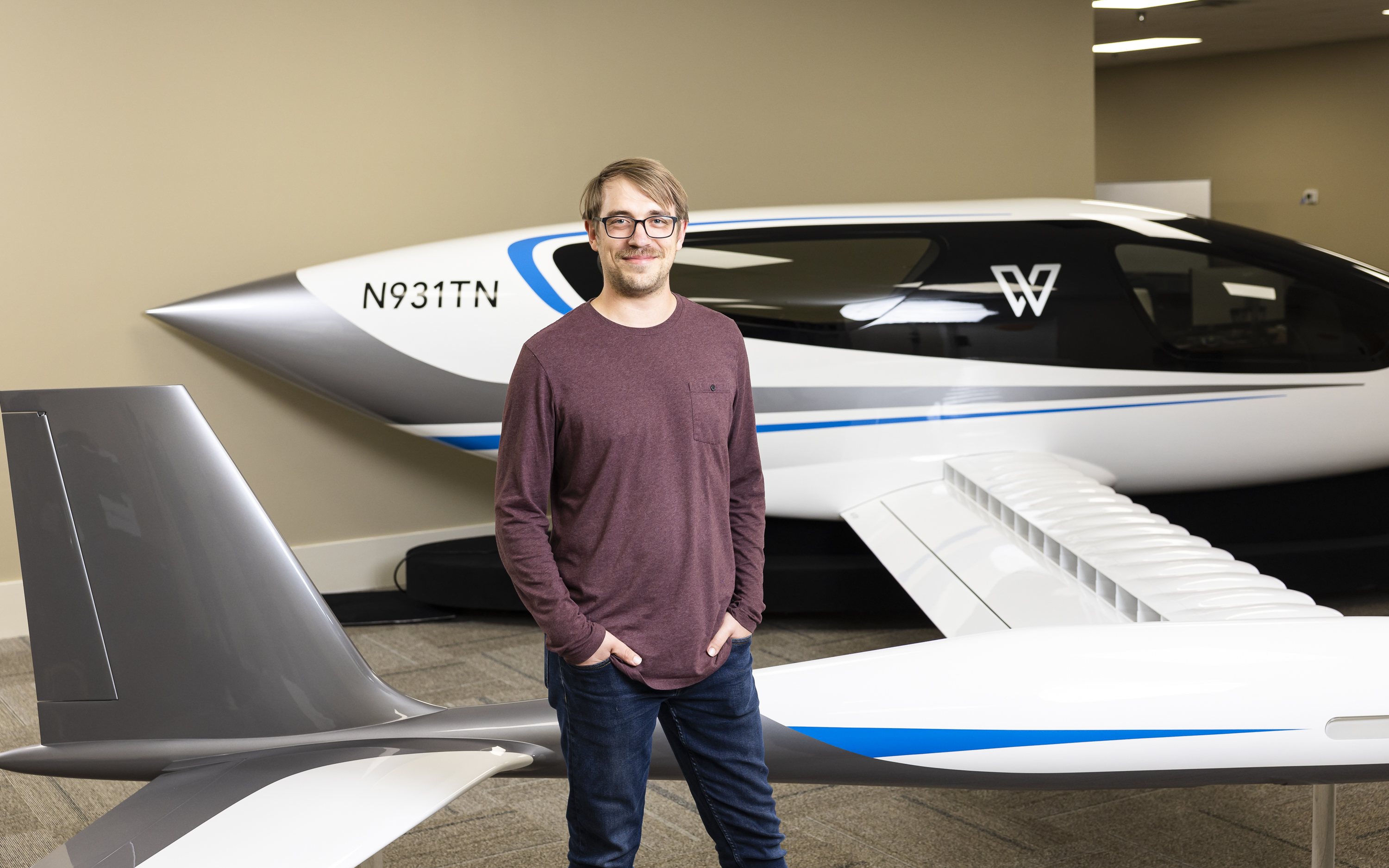
Soaring on Summit
Whisper Aero’s engineering team turned to the Oak Ridge Leadership Computing Facility, a DOE Office of Science user facility located at ORNL, for its robust computing power.
Through a competitive proposal process, they were awarded time on Summit, the nation’s fourth-fastest supercomputer at 200 petaflops. Access to Summit and its GPU, or graphics processing unit, architecture gave the company’s researchers a tenfold speedup in compute times compared to its in-house CPU-only systems and enabled advanced simulations via a unified approach that wasn’t previously possible.
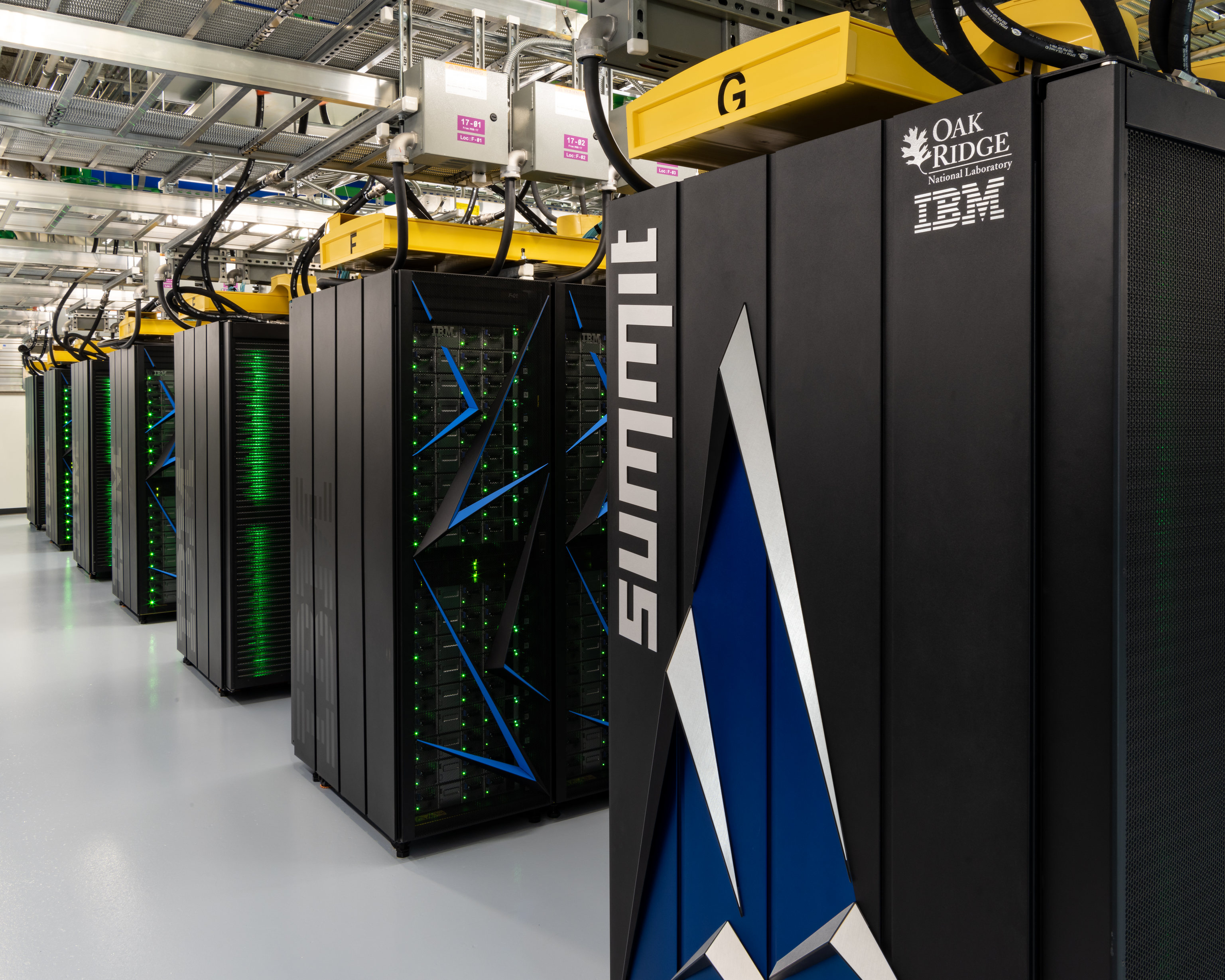
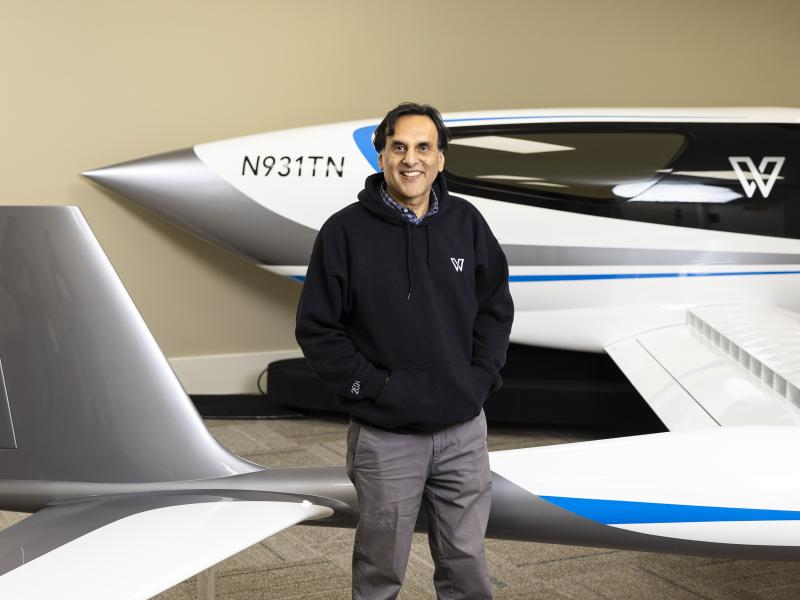
“Using Summit affords us the possibility of expanding the scope of Whisper’s design and analysis activities that benefits aircraft control and aeropropulsive integration,” said Vineet Ahuja, Whisper Aero’s head of flight sciences and an associate fellow at the American Institute of Aeronautics and Astronautics, or AIAA. “As a result, aerodynamic design has shown an incredible turnaround time relative to where we were just a few years back in our pre-Summit days. This speedup ultimately benefits vehicle development cycle times, which are reduced by over 20%.”
Whisper Aero’s CFD, or computational fluid dynamics, engineers began their Summit research by modeling a drone with an outboard tail architecture that is similar to that of the Whisper Jet and powered by a podded EDF propulsor. In aircraft design, CFD simulations predict how air will flow around the model of a particular concept — its lift and drag — which provides clues to optimizing its aerodynamic performance.
The team primarily used NASA’s FUN3D suite of CFD tools that can model everything from aircraft aerodynamics to propulsion to aeropropulsive integration. On Summit, the team was able to run complete simulations in an afternoon that typically would have taken a week on commercial high-performance computing, or HPC, systems.
“CFD simulations allow us to understand the pros and cons of various types of integration. But the design space is so large that only with access to a computer like Summit could we tackle the problem,” said Vinod Lakshminarayan, the Whisper Aero CFD engineer who performed much of the computational work on Summit. “With so many available GPU nodes, we were able to explore a lot more design parameters compared to what we could have done on another cluster in the same time frame.”
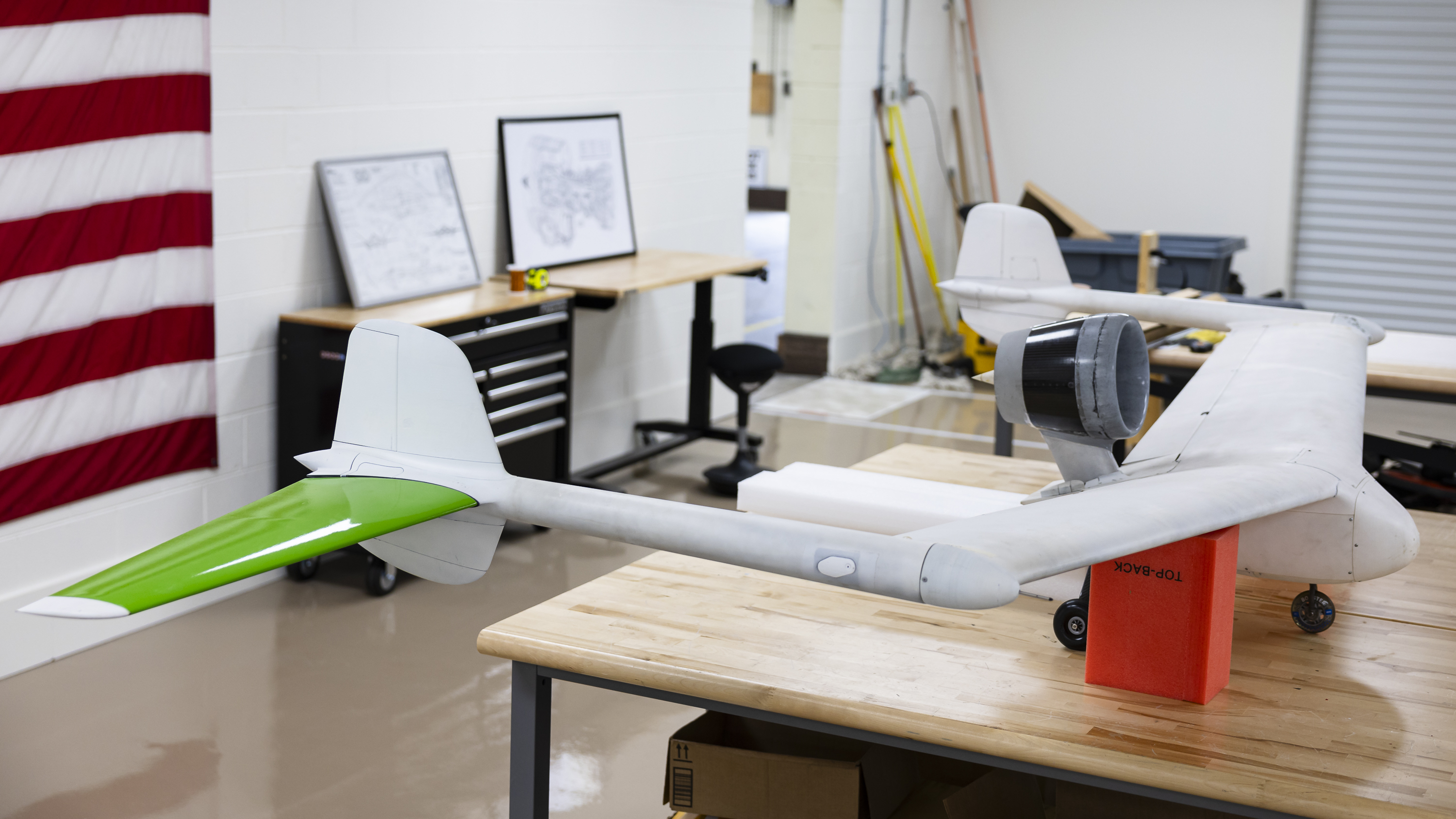
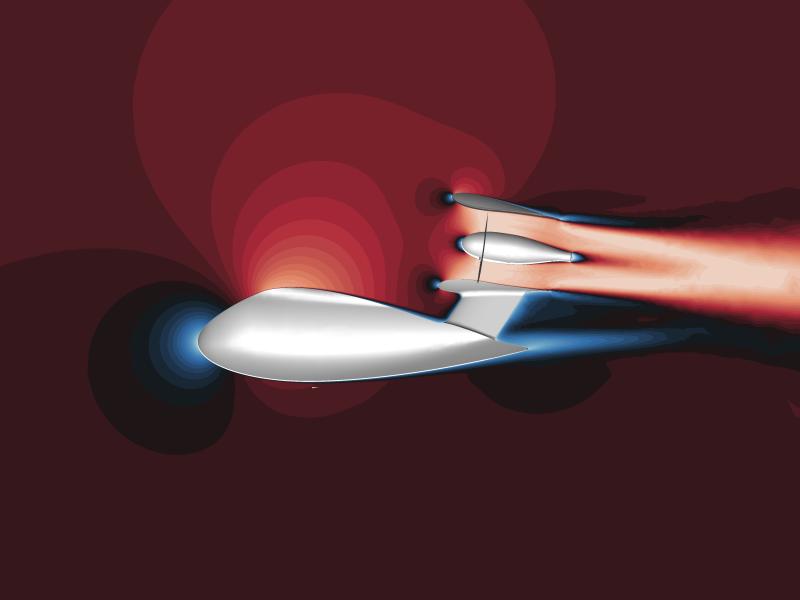
The team’s simulation studies of EDF design, aeropropulsive integration, and airframe design and analysis for their novel drone were accomplished in under three months.
“We have been able to run much larger design-of-experiment studies on Summit than those we were typically constrained to carry out with traditional CPU-based HPC. It’s an increase in not just the number of design variables but also the sample size. For aeropropulsive integration studies, this is critical because we are carrying out propulsor sizing concurrently with wing design,” Ahuja said.
With the data they had collected from Summit by analyzing thousands of different design points, Whisper Aero’s mechanical engineers constructed a U.S. Group 2 drone that was a 1/4-scale demonstrator of the Whisper Jet. Next, they put Summit’s predictions to the test by analyzing the drone’s aerodynamics in Virginia Tech’s wind tunnel — with surprising results.
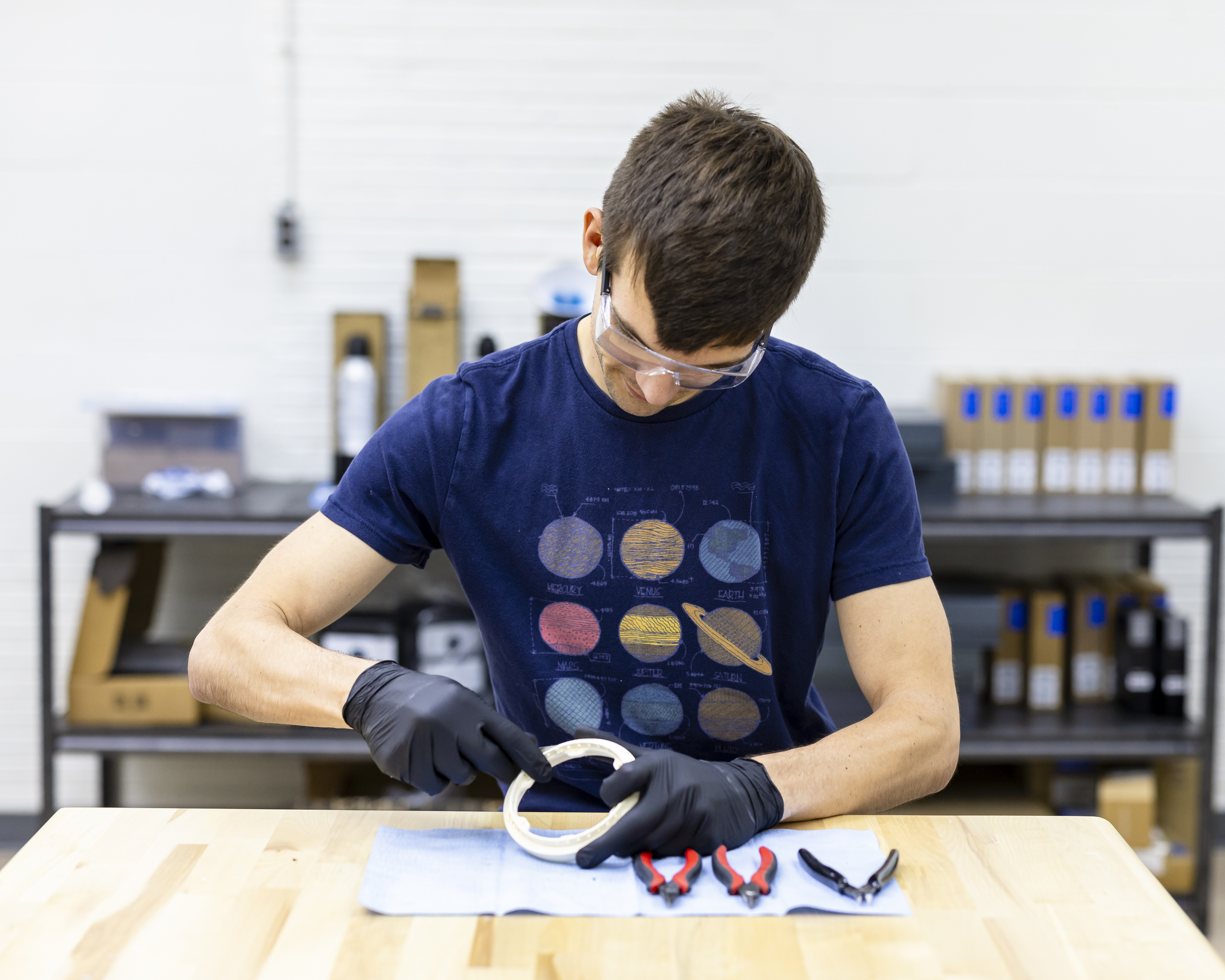
Confident that Summit’s simulations were accurately representing what they saw in their physical testing, Whisper Aero’s engineers have advanced their design iterations much more quickly with this predictive tool.
“What I’m really excited about is the speed of execution that Whisper has been able to achieve, thanks to Summit. We’re already taking this technology and designing for commercial aircraft. Being able to move this technology more rapidly to the general public is really an exciting value proposition,” Moore said.
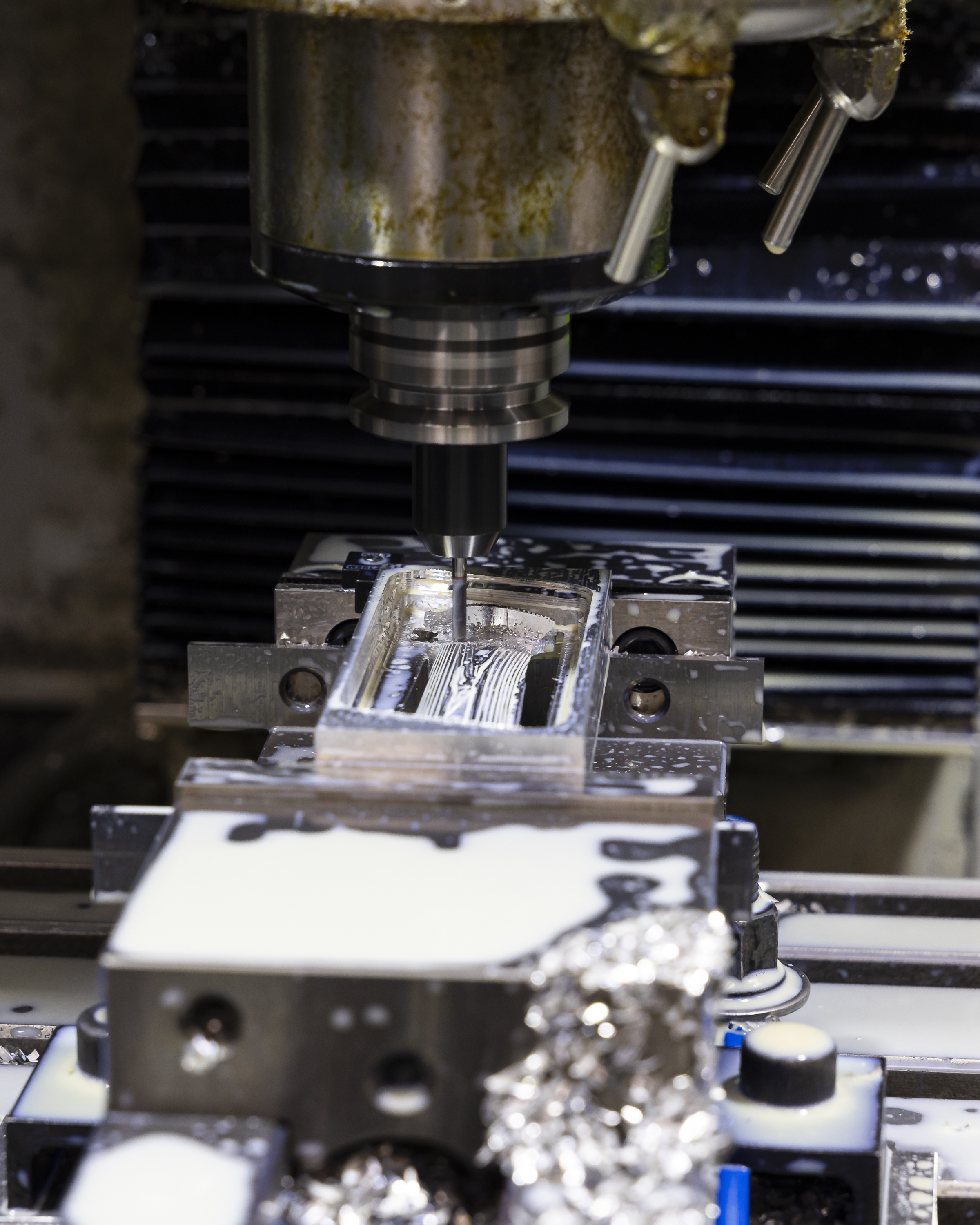
The engineering team scaled up Summit’s CFD results to optimize the size, spacing and orientation of ducted-fan propulsors for a full-size, nine-seat Whisper Jet concept designed to fly 200 knots at 10,000 feet. An early cabin prototype of that plane was unveiled at the 2023 AIAA AVIATION Forum in San Diego, California.
“A lot of the coupled high-fidelity simulations on Summit permitted us to size those propulsors appropriately for this plane. Integration really matters in terms of the amount of noise and aerodynamic efficiency — we were able to quantify that and design for it in the prototype. We also found that distributing these propulsors also helps you with weight. So, all the things we learned on Summit actually went into making this plane,” Ahuja said.

From quieter airplanes to quieter leaf blowers
New airplane prototypes with revolutionary electric propulsors are not the only product concepts that have leveraged Whisper Aero’s CFD simulations on Summit. The Whisper Aero-designed leaf blower is indeed coming, and it promises to be the quietest leaf blower on the planet. The company says it will be 20 decibels quieter and 40% more efficient while blowing 40% more air than existing leaf blowers.
“All this computational horsepower is going to these very complex aircraft solutions. But at the same time, there’s a trickle-down effect,” Moore said.
“We’ve just announced our leaf blower, which uses the same technology but essentially gets sized down and gets manufactured in a very low-cost method,” he said. “It’s all derived from the same insights we’ve gained from our Summit calculations, but they are being applied more broadly in ways that will improve people’s lives in non-aerospace markets. For example, if you’ve ever been annoyed by your neighbor’s leaf blower, well, Summit is helping to make that problem go away.”
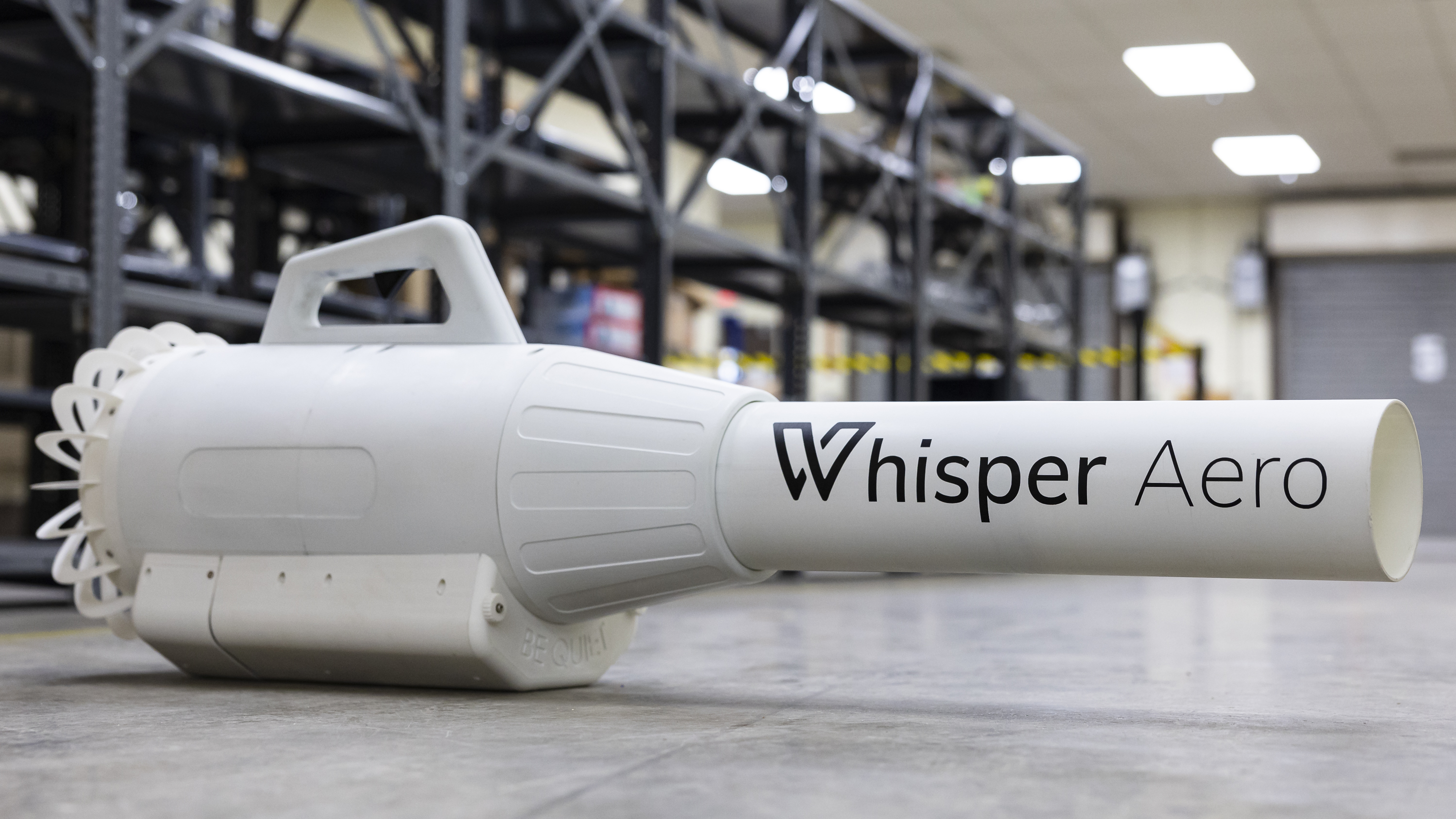
Moore has also been in discussions with manufacturers of warehouse drone monitors, makers of bathroom and stovetop exhaust fans and companies that produce computer data-center cooling fans. He sees applications for Whisper Aero’s EDF propulsor everywhere: airports that need foreign objects or dirt quickly removed from their runways, raceways that need their tracks dried of rainfall, street cleaners that could operate quietly in neighborhoods and those (currently) propeller-driven airboats that cruise Florida’s waterways.
“It’s going to take five to 10 years for this propulsion technology to get into certified products. But we’re anxious to have it deployed in many industrial and commercial applications outside of aerospace,” Moore said.
Although all these potential product offshoots received a technological boost from Summit’s simulations, the business decisions behind making them also benefited.
“Access to Summit allowed us to validate our methods and models. But the biggest return on investment came from being able to carry out feasibility studies that helped us make investment decisions about our products,” Ahuja said. “We must make our decisions in terms of what to target and where we get the biggest bang for the buck. Our Summit results are helping us justify our investment allocations and our capital costs.”
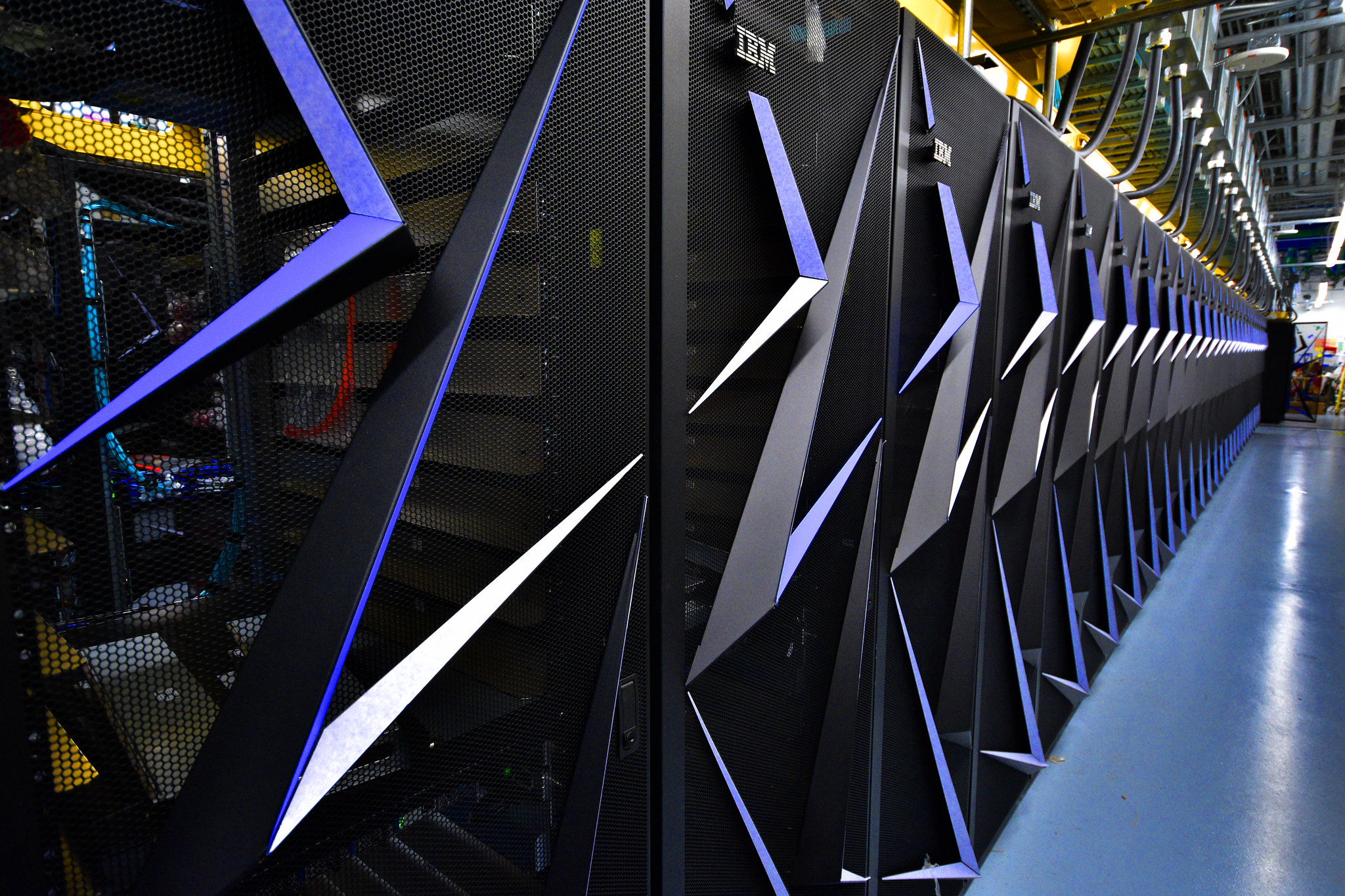
Those capital costs include growing Whisper Aero from a nascent start-up to a more fully staffed aerospace company.
“Summit has let us move so much faster than expected, and that translates to us being able to hire more people sooner,” Moore said. “Right now, we’re trying to double the size of the company, and that probably would not be true if we were stuck in the mud of analysis and weren’t able to have these very rapid design-build-test development phases that Summit enables.”
Next for Whisper Aero are more CFD studies on a new SummitPLUS project. Ahuja and Lakshminarayan will investigate vertical takeoff and landing and short takeoff and landing vehicle designs that leverage Whisper’s propulsors.
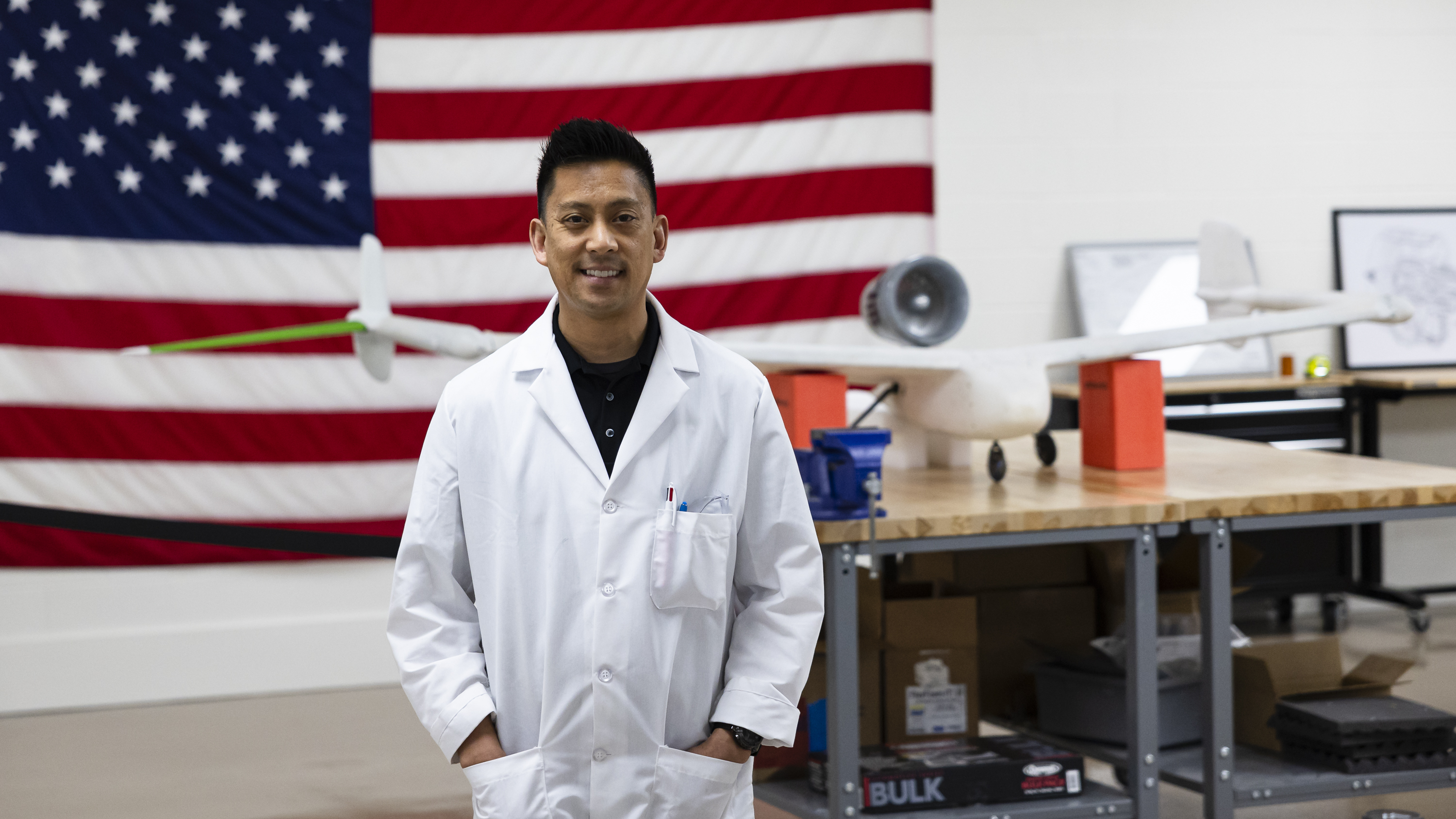
“This entire field of electric aviation is undefined, uncharted territory. So, innovating at a rapid pace is extremely important. Summit enables us to model significant changes between propulsor size, efficiency and noise by harnessing the acceleration of those GPU codes. This capability enables us to iterate designs very, very quickly,” Ahuja said.
By comparison, changing designs via actual fabrication and physical testing could take years.
“It’s also the innovation benefits that help us maintain our technology leadership. I think it’s important to point out that we are doing more with less,” Ahuja added.
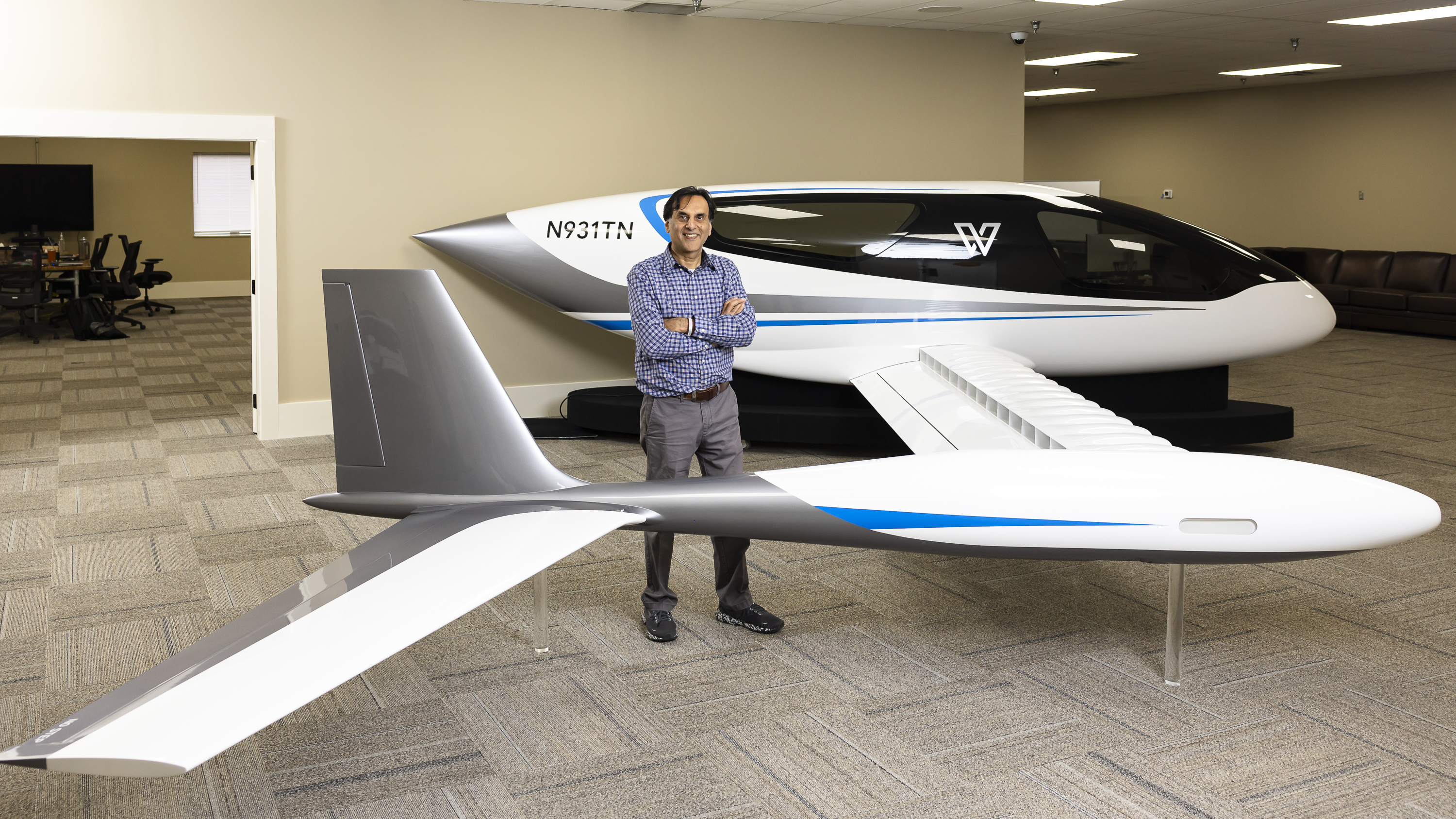
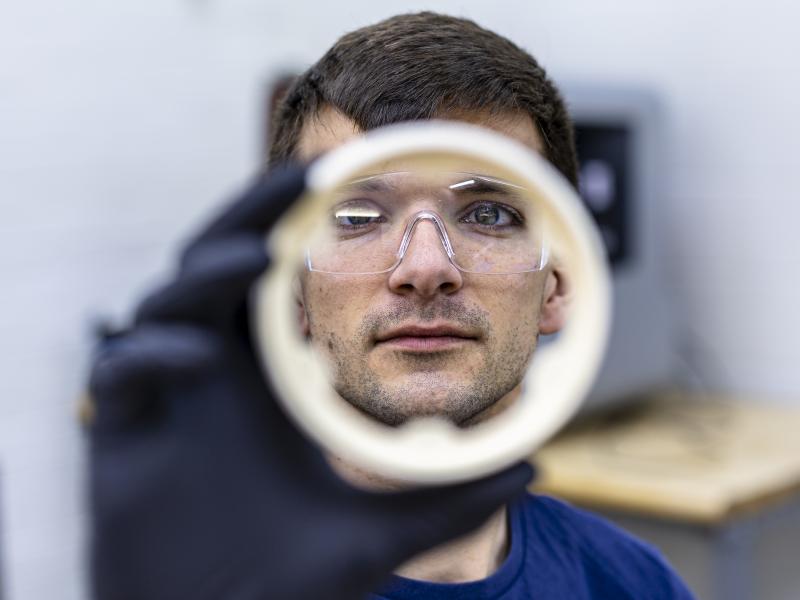
Whisper Aero’s team presented a technical paper at AIAA’s AVIATION Forum and has numerous articles published in trade media, all based on the Summit CFD work. Moore said the reception from their peers has been positive. And with Summit’s ability to quickly solve those complex analysis problems, Whisper Aero is now better positioned to bring its ideas to reality sooner.

